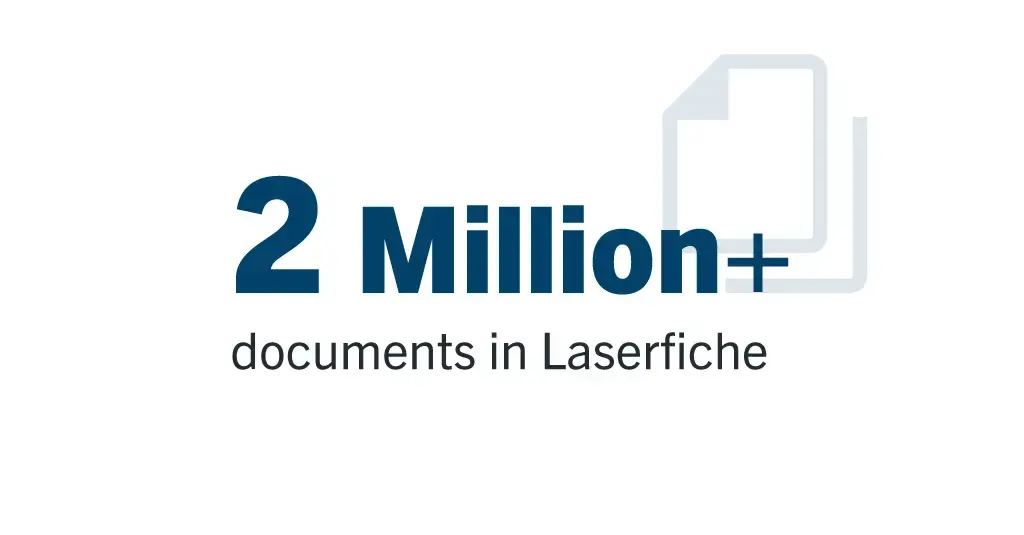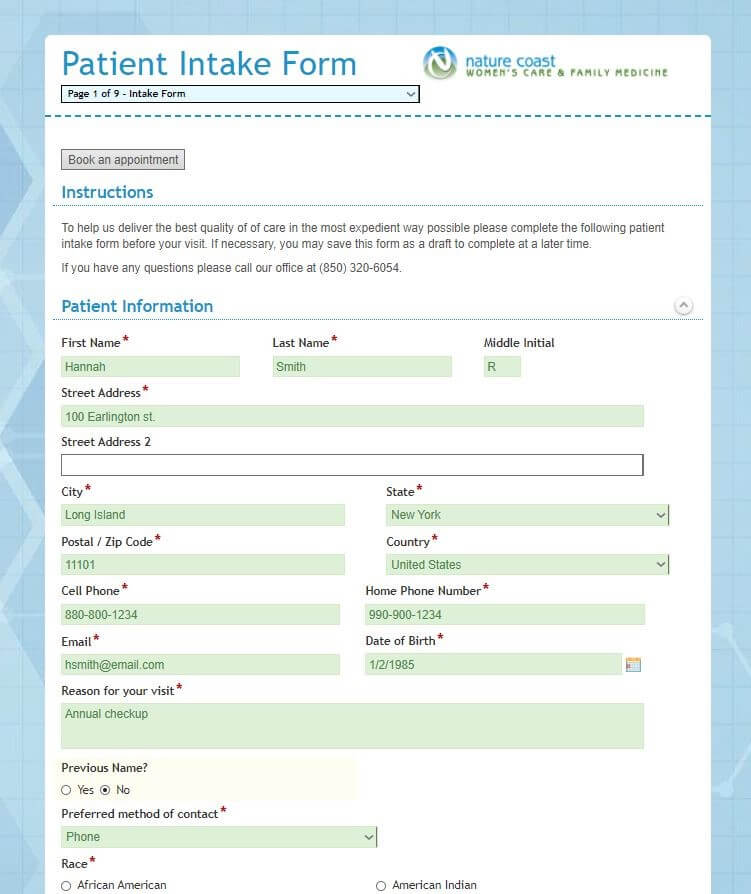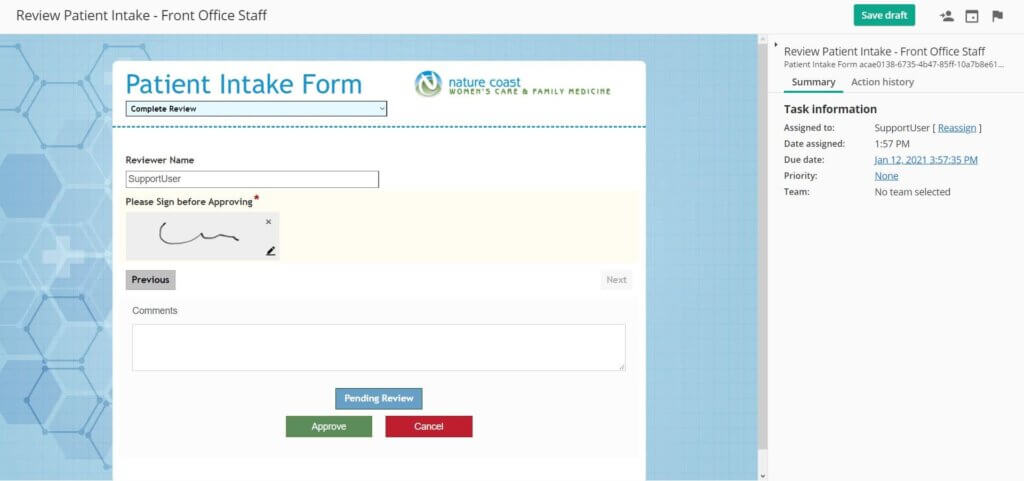The rise of medical records and data creates a burden for healthcare organizations in the form of increased costs, manual labor and operational challenges.
AI impacts critical healthcare areas such as process mining, clinical data management, and front-office, mid-office, and back-office operations —all of which play a key role in managing patient information and providing better care.
Here’s How AI is Making a Difference in Healthcare Data Management
- Data Management: AI is a critical tool for managing massive volumes of healthcare data. It automates tedious tasks like data entry and analysis, freeing up valuable time for medical professionals. This not only improves staff efficiency, but also minimizes the risk of errors with manual data entry.
- Improved Insights: By analyzing vast amounts of patient data, AI can uncover hidden trends and patterns that inform better treatment decisions. This paves the way for personalized care, tailoring treatment plans to each patient’s unique needs and medical history.
- Streamlined Operations: AI improves how organizations automate repetitive tasks like appointment scheduling, billing, and prior authorization approvals. This frees up staff for more crucial duties, reduces wait times for patients, and increases efficiency and cost-effectiveness.
Key Areas of Focus for Healthcare Organizations—and How AI Is Impacting Them
Interoperability: The key to successful digital transformation in healthcare is interoperability. This refers to the seamless exchange of accurate patient information between different departments and systems. By ensuring data flows smoothly, AI can unlock the true potential of healthcare data exchange. This not only improves operational efficiency, but also enhances the experience for both patients and staff.
Revenue Cycle Management (RCM): the process of tracking and managing the lifecycle of financial transactions associated with patient care is crucial to a healthcare organization’s operations. However, lack of standardization across patient information and medical records, as well as time-intensive back-office manual processes, can be a strain on healthcare organizations. AI enhances process automation and data extraction to eliminate manual data inputs across medical billing, prior authorization approval and claim processes, eliminating errors that delay payments and burden healthcare staff.
Value-based Care: The shift towards value-based care, where healthcare providers are rewarded for patient outcomes rather than the quantity of services provided, requires a holistic view of a patient’s health journey. AI helps by seamlessly managing real-time datasets between systems, physicians, and internal/external clinicians. This comprehensive view allows providers to see the full picture – all sources and history of a patient’s clinical data and treatment patterns. This enables providers to make informed decisions, personalize treatment plans and deliver more effective value-based care for patients.
How Can AI Solve Digital Transformation Challenges in Healthcare?
A Lack of Automation in RCM
One of the biggest challenges healthcare faces is streamlining the often-manual and error-prone Revenue Cycle Management (RCM) process. This translates to inefficiencies in:
- Prior authorization and eligibility checks: Verifying insurance coverage and obtaining approvals for procedures can be a time-consuming and frustrating process.
- Insurance claim scrubbing and submissions: Manually submitting claims and ensuring they are coded correctly is prone to errors and delays.
- Insurance denials management and appeals: Dealing with denials and appeals is a complex and resource-intensive task.
- Medical coding and payment collections: Assigning accurate medical codes and collecting payments from patients requires significant manual effort.
- Provider credentialing: The process of verifying a healthcare provider’s qualifications can be lengthy and bureaucratic.
AI helps by offering a suite of capabilities to support healthcare providers:
- Streamlining patient data management: AI can integrate various data sources, including patient information and medical records, into the Electronic Health Record (EHR) system. This creates a comprehensive view of a patient’s health history.
- Automating patient communication: AI can automate tasks like appointment scheduling and sending post-operative reminders, freeing up staff time for more critical duties.
- Generating medical insights: AI can analyze patient data to generate insights that can be used for diagnostics and treatment planning.
- Improving clinical decision-making: AI can analyze large datasets of clinical data to identify patterns and trends that can inform better treatment decisions.
- Accelerating drug discovery: AI can analyze vast amounts of data to expedite drug discovery and development, leading to faster breakthroughs in medical science. AI can also help predict treatment outcomes and track development plans, ensuring compliance with regulatory requirements.
The Need to Reduce Operational Costs
- Optimizing medical records management: AI facilitates secure and centralized storage of medical records, enabling authorized staff to access information quickly and efficiently, while adhering to HIPAA regulations. Automation can also streamline record lifecycles, minimizing manual work and potential compliance fines.
- Enhancing healthcare data exchange: AI can easily capture and integrate various types of patient data, including demographics, insurance information, and medical records. This not only ensures accurate data processing, but also allows for quick retrieval of information. AI streamlines administrative tasks, freeing up staff time previously spent handling large volumes of medical documents.
- Transforming the patient and staff experience: AI can automate tasks like appointment scheduling and information access, empowering patients to take a more active role in their healthcare journey. Additionally, AI can automate the linking of information across different healthcare systems, allowing for smoother referrals, lab integrations, and overall improved patient experience. For staff, AI streamlines provider credentialing processes and automates data management across patient information and revenue management systems, reducing administrative burdens.
Overall, AI is revolutionizing healthcare by improving data management, enhancing task automation, and providing valuable data insights. This leads to better care for patients, reduced costs for organizations, and improved efficiency across healthcare organizations.
Want to learn more about digital transformation trends in healthcare? Download the white paper, Intelligent Automation in Healthcare — What Motivates Investments in the Next Generation of EHR Integrations.
Learn how Laserfiche AI is transforming enterprise content management—enabling organizations to increase efficiency, enhance data privacy and security, and do deeper analysis of their unstructured data.
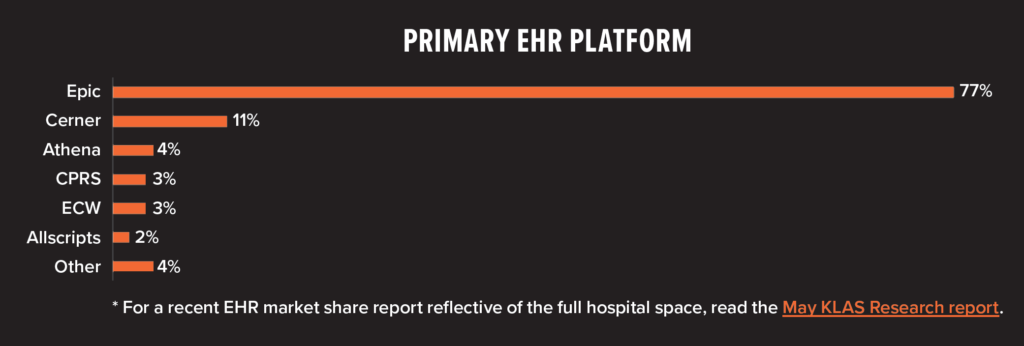
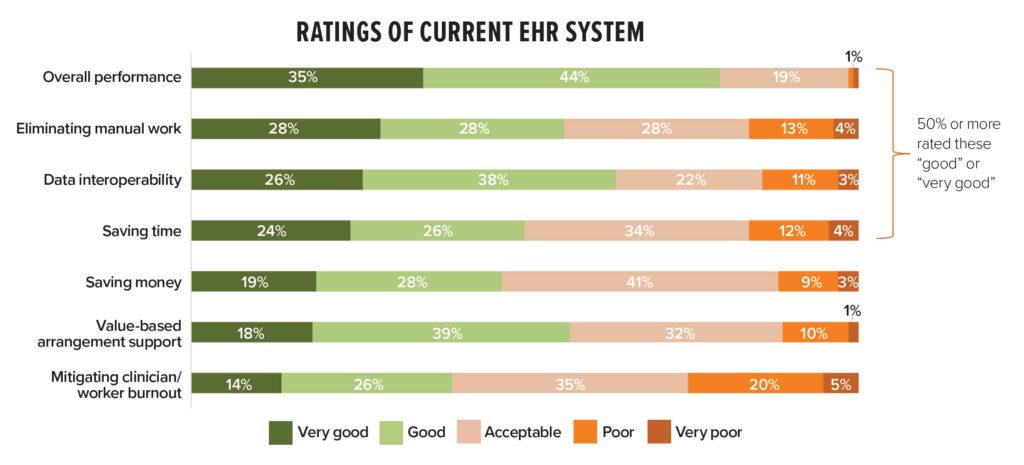



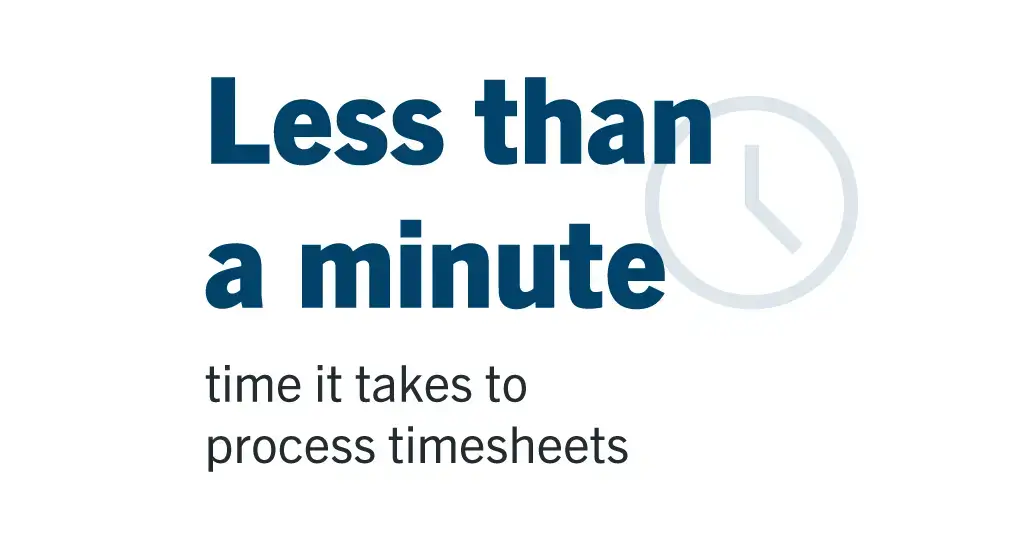 “SIU’s timesheet process was reduced from 1 week to less than a minute.” align=”left”>The difference in the automated process was significant. “Previously, the manual processes could take a week or longer,” Washburn said. “Today, it takes less than a minute.”
“SIU’s timesheet process was reduced from 1 week to less than a minute.” align=”left”>The difference in the automated process was significant. “Previously, the manual processes could take a week or longer,” Washburn said. “Today, it takes less than a minute.”

